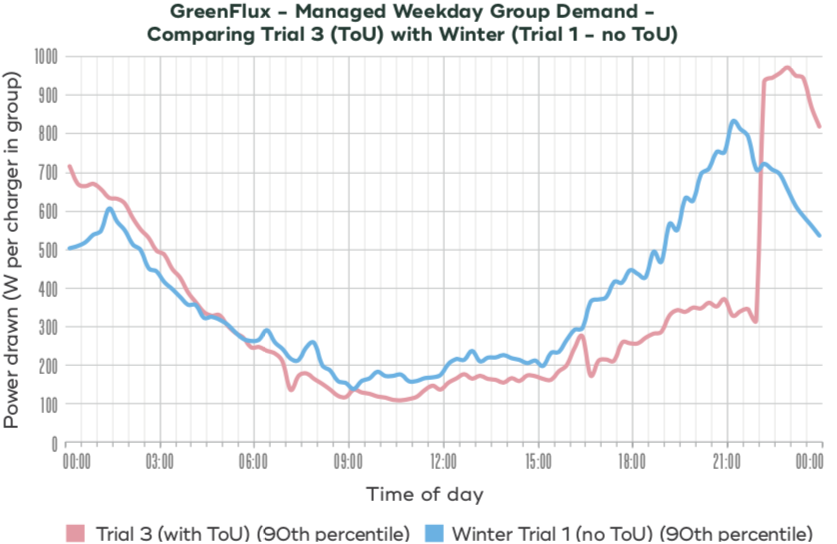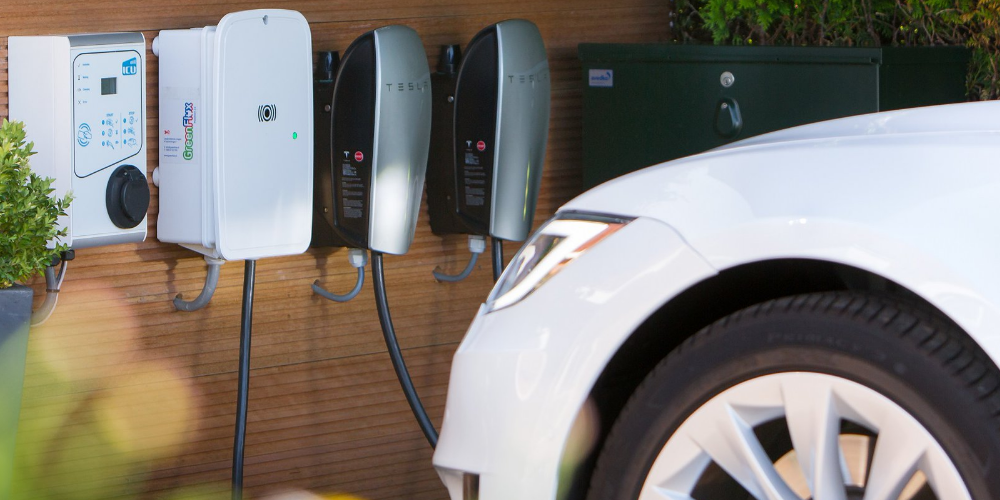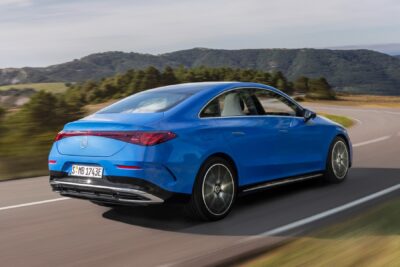“Electric Nation” smart charging research: grid is fine
The Electric Nation project ran from 2016 to 2019 in the UK, describing itself as “the largest smart charging project in the world”. GreenFlux has now published the results.
A total of 673 “smart” chargers were installed in participants’ homes as part of the project researching the controlled charging of electric vehicles. More than 40 different electric vehicles were involved in the project – from plug-in hybrids to vehicles with range extenders, as well as purely electric cars.
GreenFlux’s intelligent charging system was used to collect charging data and control charging sessions. Among other things, the project recorded the times of plugging in and unplugging, the duration of the actual charging process and the amount of electricity consumed. In this way, the system monitored the overall demand and was able to instruct individuals charging that they should reduce their charging capacity if necessary.
GreenFlux concludes, according to a company statement, that thanks to controlled charging, there is no need to upgrade the existing grid capacity. This will eliminate the need for costly investments in the electricity grid. In Germany, EnBW also came to similar conclusions when they conducted field tests near Stuttgart.
In the Electric Nation project, most vehicles were connected to the home charging station between 5 pm and 7 pm as one would expect. While PHEV drivers had an average of 0.76 charging sessions per day, BEVs were generally only plugged into the wallbox every third day. In January and February in particular, however, there were more charging operations than in August – due to the shorter range in the winter months.
For vehicles with batteries greater than 35 kWh, GreenFlux recorded only 0.31 charging sessions per day. Above this value there was, unfortunately, no difference – a comparison of the actual user behaviour between a BMW i3 120 Ah, a Hyundai Kona and a Tesla Model S with 100 kWh battery would have been interesting.
Importantly, the test persons did not know when the load management reduced the charging performance. So they could not adapt their behaviour to the expected reaction of the system. They just connected their car and had a charged battery the next morning. According to GreenFlux, the peak in the early evening most often required intervention in the load management system. If the charging power was reduced locally at that time, the peaks could be cushioned without affecting the power grid.

However, more efficient than reducing the charging capacity in the experiment was the introduction of charging times (Time of Use, ToU). The system gives users incentives not to charge at peak times.
In total, cars with smaller batteries (0 to 25 kWh) charged between 1,800 and 1,900 kWh per year. For cars with more than 35 kWh, this figure was around 3,500 kWh. On average, an electric car can, therefore, be compared with the electricity consumption of an average household.
greenflux.com and information via email.





2 Comments